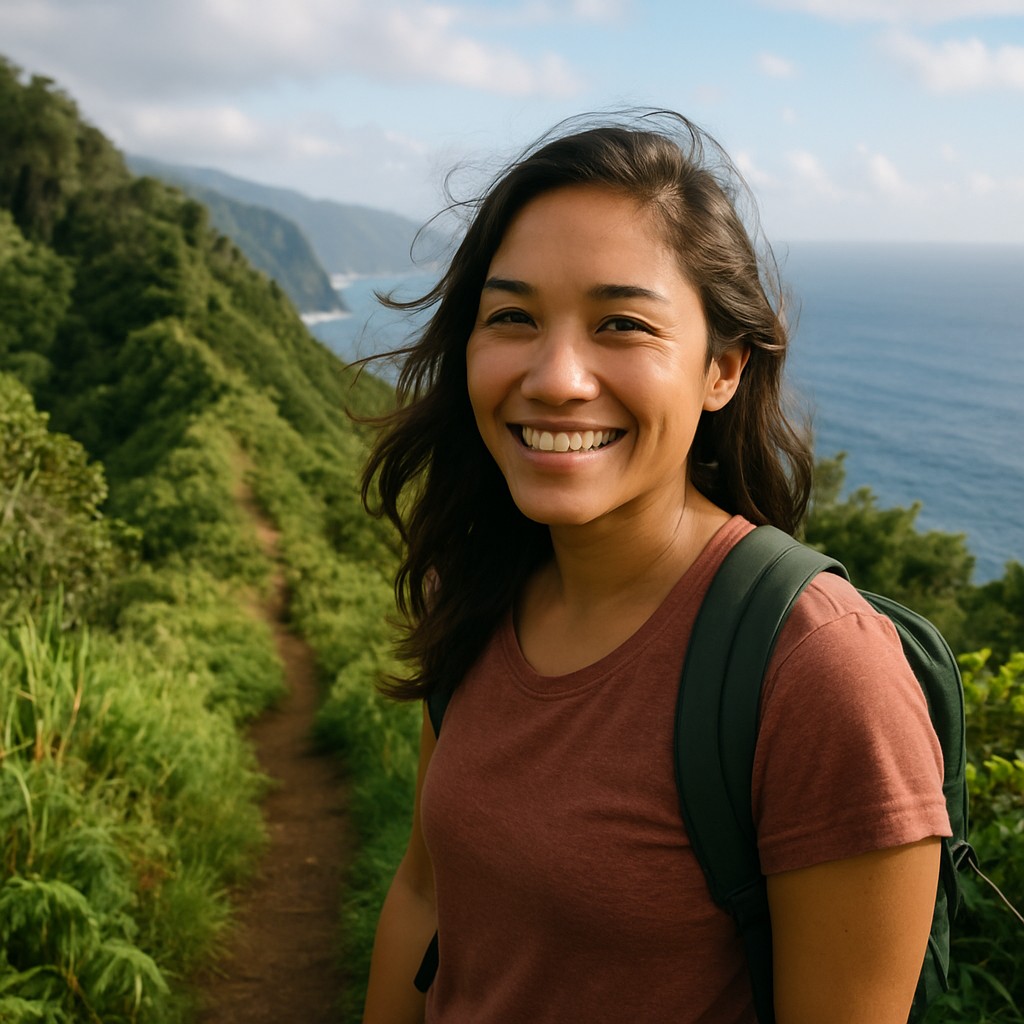
.CWmjSf2-_ZyUa3W.webp)
Learning with Respect
If you're not Hawaiian but want to learn our language, welcome. But come with haʻahaʻa—humility. This isn't just another foreign language to collect. It's the ancestral voice of an Indigenous people who nearly lost it forever.
Learning isn't charity—it's joining a movement. Your respectful engagement supports ongoing revitalization efforts and honors the kūpuna who preserved this knowledge through dark times.
👂 Listen First
Observe before you speak. Pay attention to context, tone, and body language. Don't force Hawaiian phrases where they don't fit naturally.
📚 Know the History
Understand that this language was suppressed by law, that families were forced to abandon it, that its revival represents decades of community struggle.
🤝 Support the Community
Take classes from Hawaiian-led organizations. Buy books from Native authors. Use diacritical marks correctly. Advocate for proper Hawaiian on public signs.
Make Sure Your Learning Gives Back
When you learn Hawaiian, you become part of its revival story. Use your knowledge to correct mispronunciations respectfully, support Hawaiian language education funding, and help create spaces where the language can thrive.
🌺 Core Principles
- Approach with haʻahaʻa (humility)
- Learn the cultural context
- Support Native-led education
- Use diacritical marks correctly
- Give back to the community
🏝️ Learning Through Place
Pearl Harbor's Hawaiian name
Healing through cultural plants
🌿 Traditional Plants
- Kukui Candlenut tree
- Kalo Taro, elder sibling
- ʻUlu Breadfruit
- Niu Coconut
📚 Study Guide
Seeing Through Hawaiian Eyes: Puʻuloa
Most visitors know Pearl Harbor as the site of the 1941 attack that brought America into World War II. But learning our language opens a different story.
The Hawaiian Names
This place is Puʻuloa—"long hill"—named for the ridge that shelters these waters. It was also called Wai Momi (Pearl Water) for the oyster beds that once covered the bottom, and Ke Awa Lau o Puʻuloa (the many-harbored sea) for its complex system of inlets.
The Guardian Shark
These waters belong to Kaʻahupāhau, our shark goddess, and her brother Kahiʻukā. Stories tell how she defended Puʻuloa from man-eating sharks, transforming into a great net to trap the invaders.
Ancient Abundance
Before becoming a naval base, Puʻuloa was the heart of abundance. Massive fishponds fed the large population of the ʻEwa district. Some were so ancient that people said the gods Kāne and Kanaloa built them with help from the menehune.
The Three Lochs
Kaihuopalaʻai
West Loch
Waiʻawa
Middle Loch
Komoawa
East Loch
Honoring Both Histories
When you visit the Arizona Memorial, honor both histories. Remember the sailors who died in 1941, but also acknowledge that you stand in the sacred realm of Kaʻahupāhau, on shores that once fed thousands through sustainable aquaculture. This doesn't erase the modern history—it enriches it.
Land Healing at Coral Crater
Sometimes modern development can honor aloha ʻāina in surprising ways. Coral Crater Adventure Park in West Oʻahu sits in what was once a coral quarry—the Navy blasted rock here for decades to build runways.
Restoration Over Recreation
When the park opened in 2016, developers chose restoration over simple recreation. They planted traditional canoe plants throughout the grounds, transforming an industrial scar into a garden celebrating Polynesian agriculture.
The Canoe Plants (Lāʻau Makani)
Walking these trails, you can learn the names and uses of plants our ancestors brought across thousands of miles of ocean:
Kukui (candlenut)
Our state tree, used for light, oil, and medicine
Niu (coconut)
Food, water, fiber, and building material all in one
ʻUlu (breadfruit)
Starchy staple and source of surfboard wood
Kalo (taro)
Our elder sibling in creation stories, pounded into poi
ʻUala (sweet potato)
Vital crop for drier areas
Kō (sugarcane)
Natural energy source for workers and travelers
Adventure Vocabulary
As you zipline through the canopy or climb the crater walls, you're experiencing mālama ʻāina in action—land that was damaged being healed through cultural practice.


